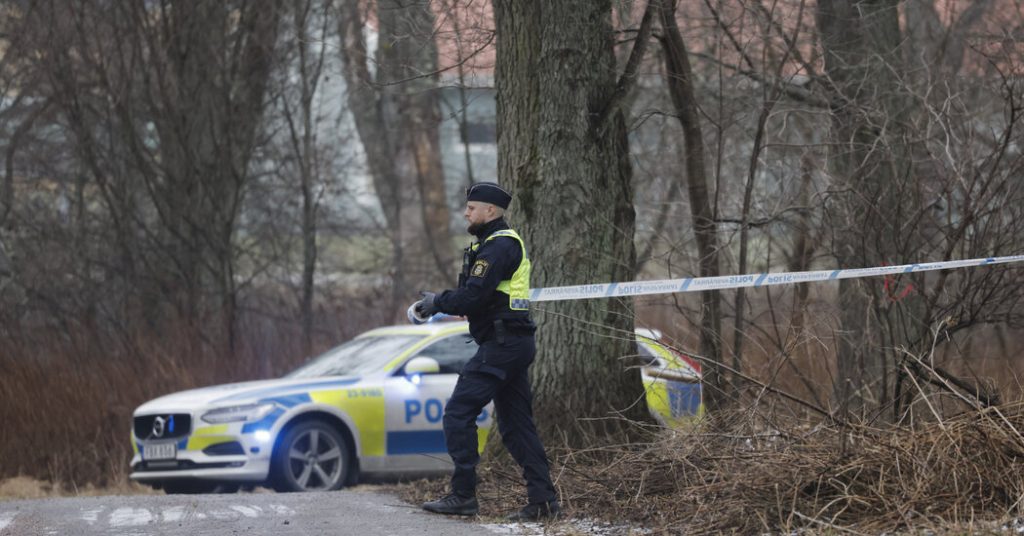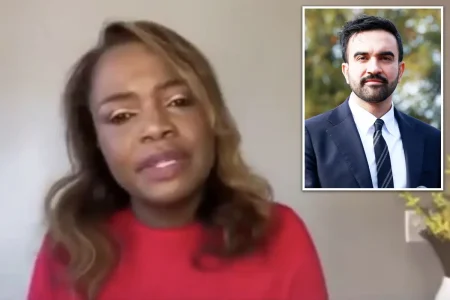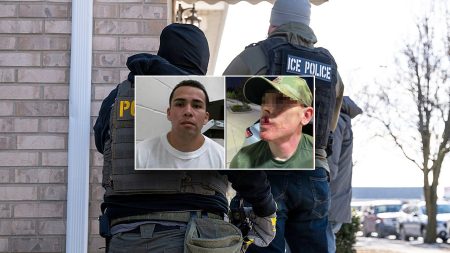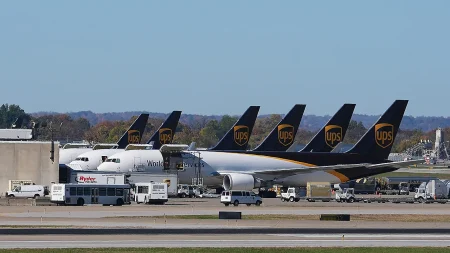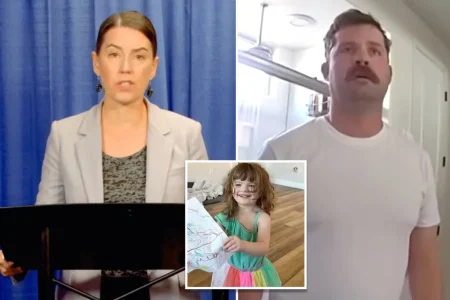It was an ordinary Tuesday afternoon in the central Swedish city of Örebro, the type of day that carries on without fanfare — until it wasn’t. By midday, the tranquility was shattered when shots were fired at a school for adult education, leaving the region and the nation grappling with tragedy. What unfolded next became a grim chapter in Sweden’s history: a shooting that claimed the lives of at least 10 individuals and left an untold number of others injured.
The incident began to unravel around 12:30 p.m. local time, prompting an urgent and heavy police response. Desperate and meticulous, authorities sprang into action, orchestrating a “major operation” in the wake of the chaos. The campus, now a crime scene, was locked down as police officers worked to piece together what had happened, who was responsible, and most importantly, why.
“This is an awful, exceptional incident — a nightmare,” said Roberto Eid Forest, the head of the local police. His words mirrored the sense of disbelief and sorrow blanketing Örebro and resonating across the country. For many, the randomness and scale of the violence only deepened the shock. What could have triggered such a horrific act? Was there reason to fear a broader threat, or was this an isolated incident?
Speaking to journalists on Tuesday evening, Mr. Forest sought to temper fears while acknowledging how little was yet certain. “We do not think there is any terror motive behind this,” he shared cautiously, emphasizing that the investigation was still in its early stages. As in any situation of this magnitude, vast uncertainty hung over the details — but authorities were clear about one thing: they “think” they had apprehended the perpetrator responsible for the atrocity. Even so, they were unwilling to rule out all other possibilities just yet.
Images that flooded Swedish news outlets captured the shaken aftermath. Dozens of police cars encircled the school, painting a grim picture of the day’s events. Blue flashing lights punctuated the overcast skies as officers moved swiftly among somber faces, signaling both the scale of the operation and the weight of its implications. Viewers watched with heavy hearts as a symbol of community and education — the school itself — had become the backdrop for unimaginable violence.
The story so far raises questions that linger in the minds of many. What led to the attack? Who are the victims, and how do their families begin to come to terms with the scope of this nightmare? And what about the perpetrator — what possible motive could they have had for carrying out such a senseless act? These questions mark the early turning points in a narrative Sweden will grapple with for days, weeks, or perhaps even years to come.
For now, Örebro mourns. It searches for answers in the midst of confusion, holding space for a grief that will ripple not only through the victims’ families but across communities feeling the weight of vulnerability and loss. As collective outrage and sorrow intermingle, one certainty prevails: healing will be neither quick nor simple.
While investigators dig deeper, trying to unearth the “why” behind this tragedy, these somber days will leave an indelible mark on Sweden. For a country accustomed to tranquility, events like this are a stark reminder of the fragility of peace, a sobering call to cherish it whenever and wherever it exists.





